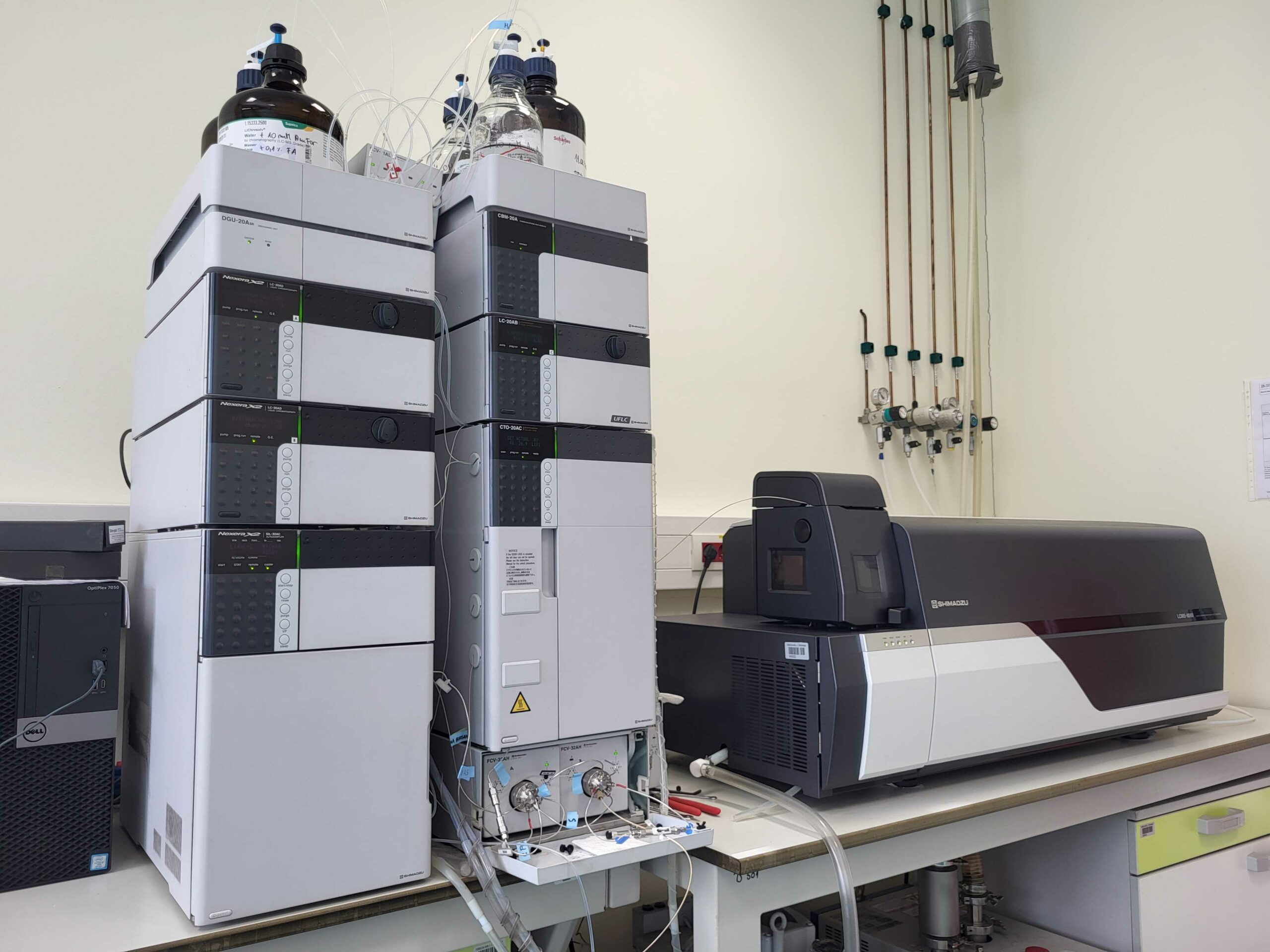PFAS compounds: Persistent pollutants of modern times


Per- and polyfluoroalkyl substances (PFAS) are a group of synthetic chemicals that have been used in industry and consumer products for over 70 years. Their resistance to water, grease and heat has made them indispensable in the manufacture of waterproof clothing, food packaging, non-stick cookware and fire-fighting foam. However, it is precisely this chemical resistance that gives rise to serious concern, as PFAS compounds only degrade very slowly in the environment. Their presence in water, soil and the human body has become a global environmental and health problem, especially in areas close to industrial plants, landfills and military bases. Over the past decade, exposure to PFAS compounds and their effects on the environment and health have received increasing attention.
Once released into the environment, whether through industrial effluents, runoff from landfills or the use of products containing them, PFAS compounds can spread in water and soil, where they can persist for decades. Their stability allows bioaccumulation in living organisms, including humans, which can lead to serious consequences.
Epidemiological studies have shown a link between exposure to certain PFAS compounds and various health effects, including altered immune and thyroid function, liver disease, lipid and insulin disorders, kidney disease, adverse reproductive and developmental effects, and an increased risk of certain cancers. Certain PFAS compounds are excreted from the body slowly and their half-life can be several years, meaning that even small amounts can accumulate over time and have long-term consequences.
Perfluorooctane sulfonic acid (PFOS) and perfluorooctanoic acid (PFOA) are two of the best known and most harmful PFAS compounds. Due to their hydrophobic and lipophobic properties, PFOS and PFOA have been used in the textile and automotive industries, in carpet manufacturing, in paper production and in fire-fighting foams. As research has pointed to their high toxicity and persistence, their use has been restricted or banned in many countries. PFOS has been banned in the European Union since 2006, while PFOA has been banned since 2020.
PFOS and PFOA have been found in surface and groundwater, marine ecosystems and wildlife around the world, including polar bears, fish, dolphins and birds of prey. They have also been detected in human blood, confirming their global distribution and long-term presence in the environment.
Although PFOS, PFOA and some other PFAS compounds are banned or strictly regulated, the problem of their presence in the environment and in the human body persists. Scientists and environmental organisations are working to develop safer alternatives and decontamination methods, including adsorption with activated carbon, ion exchange and advanced oxidation processes. However, given their widespread use in the past, we face the long-term challenge of reducing their impact on health and the environment.
The fight against PFAS pollution does not end with the banning of certain compounds, but also includes the development of technologies for their effective degradation or removal from the environment to mitigate the long-term effects of these persistent chemicals. The “Josip Juraj Strossmayer” Water Institute systematically monitors PFOS concentrations as one of 45 priority substances used to assess the chemical status of water bodies in the Republic of Croatia. Based on the described properties, PFOS is assessed in water and biota media. The reports on the status of water bodies for the years 2022 and 2023, which are available at the link, show that PFOS concentrations at a larger number of monitoring stations exceeded the permitted limits in 2022 than in the following year 2023, which confirms the importance of systematic monitoring to keep the chemical status under control and ultimately restored.

